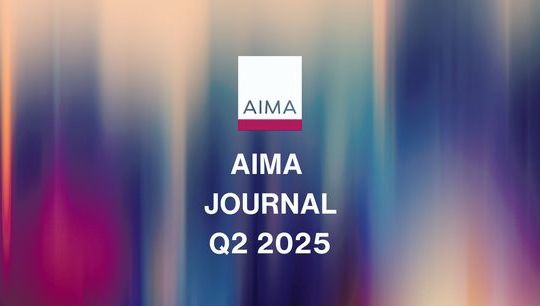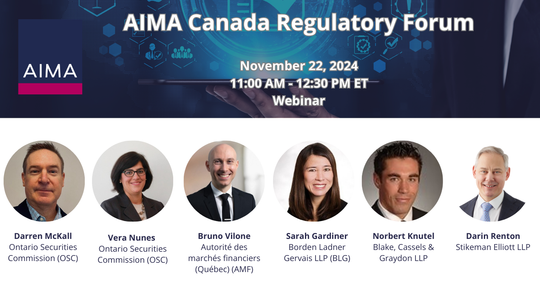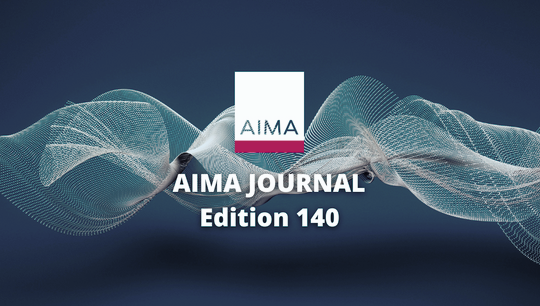Co-Investment
By James Oussedik, Partner and Robert Nield, Associate , Sidley Austin
Published: 21 January 2018
Co-investment opportunities were traditionally only rarely offered by fund managers to their investor clients. Indeed, many managers of buyout funds historically considered it preferable to participate in acquisitions of portfolio companies alongside funds managed by other firms, rather than offer the right to do so to investors in their conventional blind-pool funds. Chief among the reasons for this was the perceived lack of willingness or ability of many fund allocators to adapt to the fast-paced and complex nature of making direct co-investments.
Over the last decade, however, as investors have become increasingly sophisticated, managers and investors alike have sought to gain from the mutual benefits that participating in co-investment opportunities can yield. This article seeks to further explain the basis for this trend and to discuss certain transactional considerations which regularly apply to the structuring and consummation of investment opportunities.
From the perspective of the fund manager, there are three main drivers which encourage the offering of co-investment opportunities to investors:
1. Relationship-building and fundraising: by participating alongside one another in direct co-investments, a manager and an investor gain an insight into their respective cultures, strategies and policies, aiding the development of a strong, long-term working relationship.
This is of heightened importance to fund managers as the fundraising landscape has become increasingly competitive. Indeed, it is not uncommon, particularly for less mature managers, for a co-investment structure and programme to be established and implemented even before the manager's main fund has been launched. In this regard, the potential of co-investment opportunities stimulates the wider capital raising process. This could be of additional benefit to new fund managers seeking to demonstrate track record in order to attract further commitments to their main fund vehicle.
2. Fee maintenance: while the ability to offer investors an attractive level of fees in respect of co-investments has enabled fund managers to use co-investment opportunities as part of a competitive package of fund terms, it has also allowed them to maintain relatively consistent management and incentive fees in respect of commitments to their main fund vehicles. This is, on the whole, a satisfactory scenario for many fund managers, some of whom even offer co-investment opportunities to investors on a fee-free basis.
3. Deal access: main fund vehicles are often constrained by restrictions as to the concentration of investments which they are permitted to make. In circumstances where a fund manager identifies an attractive investment opportunity, it is often the case that proceeding to consummate the investment would only be possible with the participation of the relevant co-investors (where sub-participating is indeed feasible – for certain types of credit and direct lending investments this is difficult).
When acting upon co-investment opportunities, fund managers and directors are required to take important decisions regarding allocations, conflicts of interest, fees, costs and expenses and investment structuring:
(a) Allocations of co-investment opportunities: many fund managers have sophisticated policies regarding the allocation of co-investment opportunities among their constituencies of co-investors. While each co-investor may well seek to negotiate a position of priority as regards access to such opportunities, a prudent manager will often have at its disposal an overriding list of case-by-case considerations which it may take into account when allocating opportunities. It is highly likely that a factor on such list will be the speed at which each co-investor can act upon a co-investment opportunity given the often-condensed timeline for closing.
(b) Conflicts of interest: for the first investment to be made by a co-investment programme, it may be possible for a portion of the asset to be held, initially and on a temporary basis, by the manager's main fund vehicle pending the establishment of the relevant co-investment vehicle(s) – at which point the relevant portion will be transferred to the co-investment vehicle. This could, however, give rise to conflicts of interest issues relating to the transaction between the two vehicles. For example, such a transaction between related parties would often need to be conducted on an arm's length basis (with all deal expenses allocated in an appropriate manner), disclosed to any investor committees and even blessed by the relevant regulatory body in the case of certain regulated vehicles such as the Irish ICAV.
(c) Fees, costs and expenses: it is crucial that fund managers adequately disclose how all fees, costs and expenses relating to co-investments are to be treated. For example, it is necessary for the manager and the constituency of co-investors to agree how abort costs will be allocated among the parties in the event that a co-investment is not consummated. In addition, as regards any potential transaction fees that a fund manager may receive as lead arranging party in respect of a co-investment, it is vital that the manager includes in the relevant fund documents detailed disclosure as to how these fees will be dealt with, particularly if it is the intention of the manager to retain such amounts.
(d) Structuring: the fund manager will also, often in consultation with its co-investors, define and implement an appropriate structure for its programme of co-investments. The decision-making process as regards the structuring of co-investments is commonly, as for many other types of investments, underpinned by a combination of legal, tax, regulatory and operational considerations. Separate co-investment vehicles may be formed to accommodate a single investor or multiple investors. Given that the same considerations often apply to the co-investment vehicle(s) as the main fund vehicle, it is not surprising that all vehicles are often domiciled in the same jurisdiction.
In terms of specific vehicles, managers of buyout funds have recently favoured Cayman Islands limited partnerships (with under-the-fund structuring tailored to suit each underlying asset) and managers of credit funds have commonly favoured Irish "section 110" companies or Luxembourg SARLs, which are capable of benefiting from the range of Irish or Luxembourg (as the case may be) tax treaties commonly providing for reduced or nil withholding tax. Where a co-investment vehicle, such as an Irish "section 110" company, is investing in credit instruments such as non-performing loans, it would be standard practice for investors to fund such investments by way of debt (for instance a profit participating note) rather than equity.
As many co-investment vehicles are established to acquire, or hold interests, in a number of discreet assets, it can be the case that such vehicles are treated as investing rather than trading from a tax perspective. If so, certain of the common tax issues relating to the location of investment decisions, and related permanent establishment risks, fall away.
Whilst the limited purpose of many co-investment vehicles can often be helpful, it can also give rise to other challenges. For example, the development of the OECD initiative on Base Erosion and Profit Shifting, in particular Action 6 (focused on the perceived abuse of double tax treaties), will often require careful consideration when determining how the co-investment vehicle will hold underlying assets. Due to the manner in which Action 6 will likely be applied, through the "principal purpose test", additional care will often be required to ensure that the co-investment vehicle remains entitled to benefit from the provisions of applicable double tax treaties.
For investors, there are also several compelling factors which have underpinned sustained increases in the popularity of co-investments:
- Enhanced returns: the lower fees which are generally charged by fund managers in respect of co-investments result in better returns for investors. Moreover, capital committed to co-investment opportunities tends to be invested in a single tranche at closing, which serves to mitigate the J-curve effect which investors regularly witness in respect of their blind pool fund investments.
- Control and experience: many investors will seek to negotiate consultation or veto rights into their co-investment programme. This, coupled with the fact that co-investors will be involved in the due diligence and negotiation phases of any transactions which do proceed (and, ultimately certain governance rights at target level), entails that participation in co-investments allows allocators to exert increased control over the design and construction of their investment portfolio. Such participation also aids the development of an investor's market experience given the enhanced risk and complexity associated with direct co-investment transactions.
In conclusion, investors making allocations across the full spectrum of asset classes are requesting access to co-investment opportunities as a matter of course – and this is set to continue. However, managers of funds in areas which are less developed as regards co-investments need to be cautious and thoughtful as to the implications of implementing programmes of co-investment on their main fund vehicles and on investor relations, as well as to the challenges posed by allocating and structuring co-investment deals.
To contact the authors:
James Ossedik, Partner at Sidley Austin: [email protected]
Robert Nield, Associate at Sidley Austin: [email protected]
Disclaimer
This article has been prepared for informational purposes only and does not constitute legal advice. This information is not intended to create, and the receipt of it does not constitute, a lawyer-client relationship. Readers should not act upon this without seeking advice from professional advisers. The content therein does not reflect the views of the firm.







